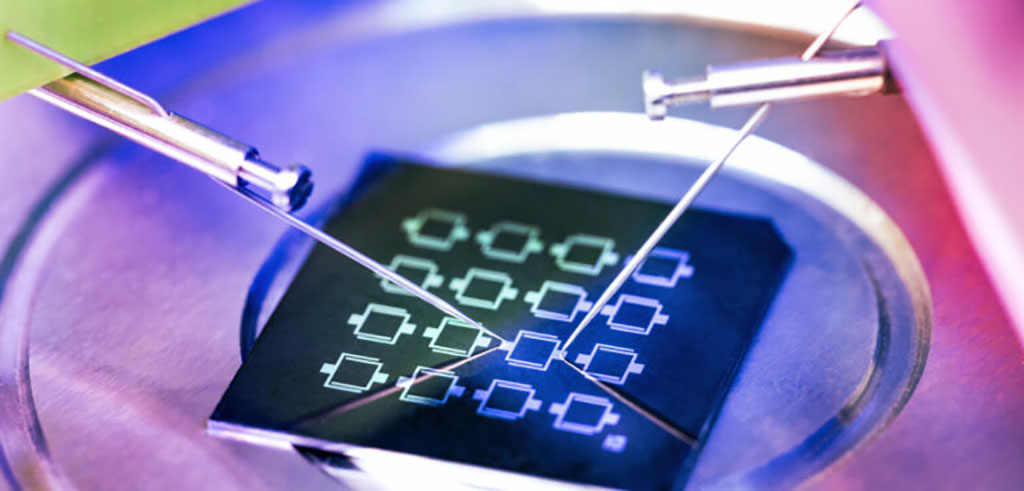Innovative Device Measures Glucose in Saliva for More Convenient Diabetes Monitoring
Posted on 30 Aug 2023
Diabetes arises when the body fails to regulate its blood glucose levels. Elevated glucose levels can lead to cardiovascular disease and other ailments, making it essential for individuals with diabetes to keep their blood glucose within moderate ranges. The conventional method for monitoring blood glucose in people with diabetes involves using devices that analyze a droplet of blood obtained through finger pricking multiple times daily. Recently, implanted sensors have enabled continuous glucose monitoring without the discomfort of pinpricks, but these devices might be less accurate for lower glucose levels and are not approved for children. A more convenient alternative could be salivary testing, as saliva correlates with blood glucose levels. However, glucose concentrations in saliva are much lower than in blood, posing challenges for accurate measurement without advanced laboratory equipment.
Researchers at King Abdullah University of Science and Technology (KAUST, Saudi Arabia) have now created a prototype sensor capable of measuring glucose levels in saliva. This innovation could eventually offer a simple, swift, and painless way for individuals to monitor their diabetes. The KAUST team devised a remarkably sensitive glucose detector built on a thin-film transistor. These compact, lightweight, and energy-efficient devices could be produced en masse as affordable disposable sensors. The transistor features thin layers of semiconductors, including indium oxide and zinc oxide, along with the enzyme glucose oxidase on top. When a saliva sample is applied to the sensor, the enzyme converts any glucose present into D-gluconolactone and hydrogen peroxide. The electrical oxidation of hydrogen peroxide generates electrons that enter the semiconductor layers, modifying the current flowing through the semiconductors. This change reflects the glucose concentration in the sample.

The researchers evaluated their device using human saliva samples with varying glucose levels and also analyzed saliva from fasting volunteers (since saliva glucose levels might not align with blood glucose levels immediately after eating). They discovered that the device accurately measured a broad range of glucose concentrations in under a minute. Importantly, the sensor remained unaffected by other molecules in saliva, including sugar derivatives like fructose and sucrose. Although the device's sensitivity decreased over time, it maintained good performance even after two weeks of storage at room temperature. The team is presently working on an array of transistor sensors that could simultaneously detect multiple metabolites in saliva.
“An easy-to-use noninvasive glucose-measuring device using saliva as a medium could be life-changing for millions of patients worldwide,” said research team member Abhinav Sharma.
“The development of portable sensor arrays that can be integrated with a smartphone is a potential future direction for research,” added Thomas Anthopoulos, who led the research team.
Related Links:
KAUST














